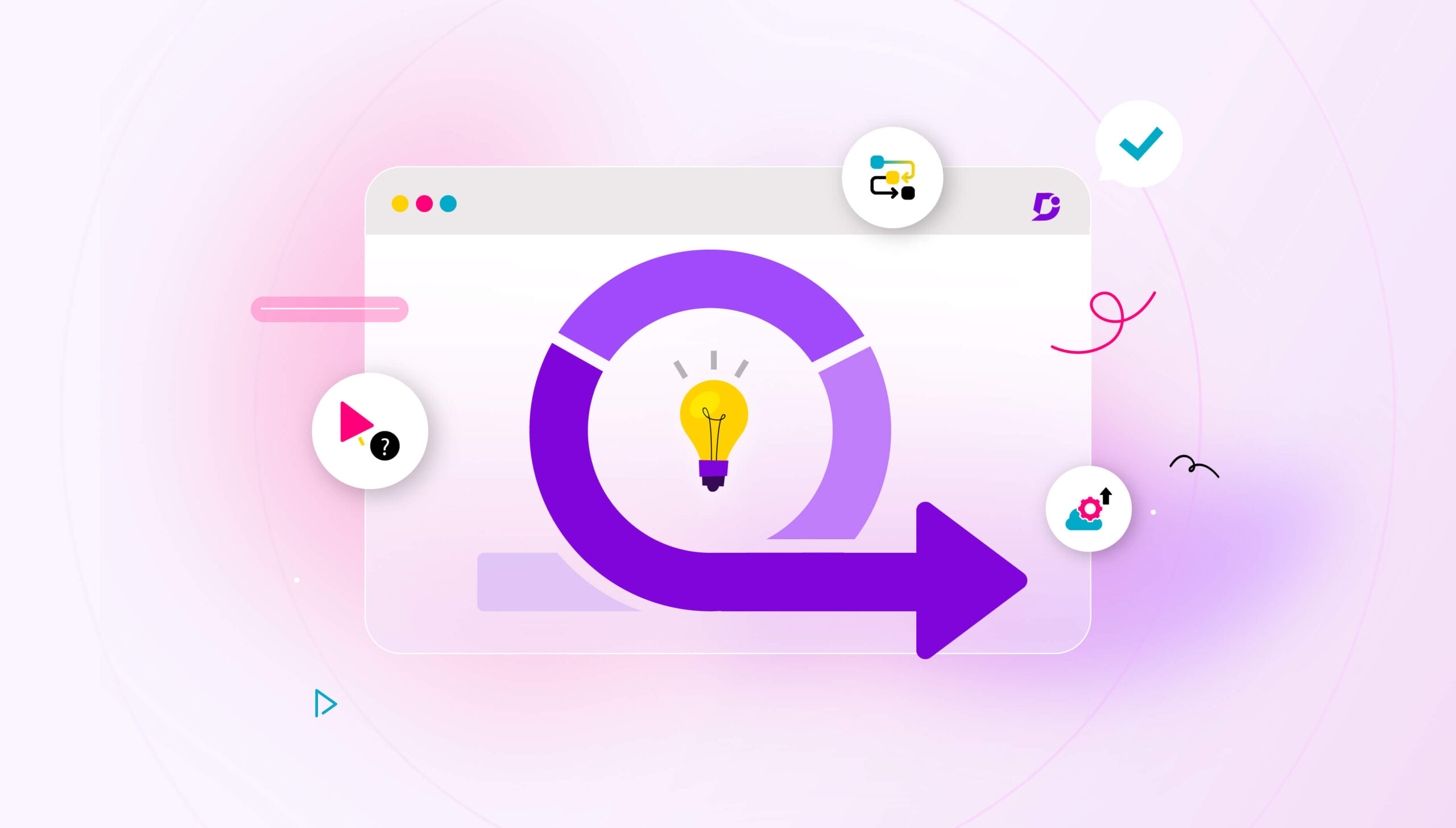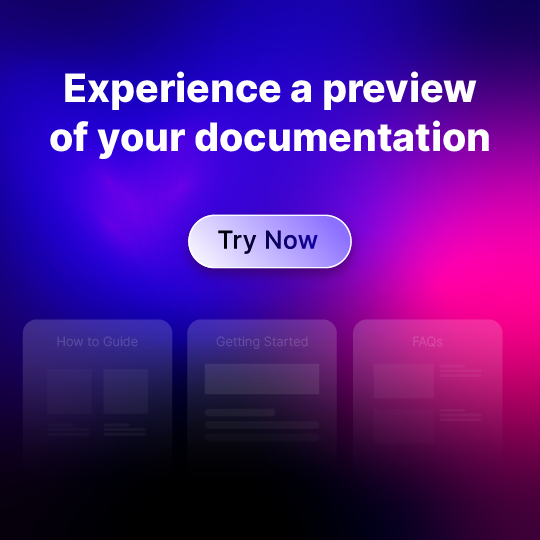Every employee in an organization contributes to the release management process. Each day of effort takes them one step closer to the release day! A successful software release is a cumulative effort of several parameters, processes, and people. The word release management is often associated with code freeze, testing, and deployment. The product and project managers and developers are often in the limelight during successful releases. However, several other critical roles and contributions sometimes go unnoticed. One such category of unsung heroes is the technical documentation team.
While technical writers have gained traction recently, in some cases, technical documentation is still just another checkbox. In this blog, I discuss some key factors for why technical documentation is crucial for a successful release and how it impacts and adds value to the business.
Now let’s dive in!
What Is the Responsibility of a Technical Writer?
The writers play a major role during the Software Development Life Cycle (SDLC) process, ensuring the Document Development Life Cycle (DDLC) process goes hand in hand and that the documentation is released alongside the software release. The entire release management process is split into the following three segments:
1. Pre-Release Documentation
In several organizations, technical writers are involved in all scrum ceremonies, such as planning, daily standups, sprint reviews/demos, and sprint retrospectives. During these meetings, they gather information about the features, enhancements, bug fixes, UI updates, and other relevant items to create the necessary documentation. These documents undergo peer review to ensure compliance with style and grammar. They also undergo Subject Matter Expert (SME) reviews to ensure compliance with the product/software. The following documents will be created during the pre-release process:
- Release Notes: It is a document provided to the users that contains any new updates, new feature releases, bug fixes, UI changes, and deprecated features. Some release notes proactively mention their upcoming enhancements as well. Technical writers gather the information on all the items planned for the release and capture the gist of the features and enhancements into crisp content to be presented in the release notes.
- User Guides: These are documents designed for end users to understand operate and troubleshoot the products. The content varies depending on the product and industry, for software, it will also include integration guides, and for manufacturing industries it will have step-by-step instructions with diagrams. Technical writers meticulously craft this information so that it provides holistic support to the end user while performing the activity.
- Changelogs: They consist of a detailed technical log of all updates and changes made to the code. Some organizations also have a document change log in which they maintain every change made to the documentation in chronological order. Technical writers create and maintain these changelogs making it easy to track and identify all changes made to the documents.
2. Release Day Activities
On the release day, you will have to focus on creating, updating, and publishing the documents needed to support the release. After proofreading it with the development team, the documentation team publishes it in their knowledge base portal.
The documents required for both customers and internal teams (such as sales, customer support, and marketing) will be published to ensure a smooth launch of the product version and other release updates.
3. Post-Release Activity
After release, the documentation team will pick up tasks to ensure continuous support and maintenance. The team will have to refine the content if required, ensure its content is relevant, and provide the necessary support to the stakeholders. Documentation updates are a continuous process as a part of DDLC. Post-release, you will have to follow the below process:
- Feedback Collection: Gather insights from the readers and other stakeholders and refine the content for better flow.
- Documentation Update: Move outdated content to the archive update the content with new feedback and regularly perform documentation audits. Based on support tickets, we need to update the FAQ pages as well, to make sure the knowledge base is efficient enough and the readers can self-serve from its content.
How Can Documentation Impact Release Success
Whenever you make any changes to your product, make sure you let your customer know about it with proper documentation. Documentation is a significant part of a release management process. Collaborating with the team and creating a step-by-step guide for every new feature is equally important as designing and developing one.
The release note will empower users with the right information about the changes made in each release. Proper documentation will help to reduce the support tickets related to the new updates. It also helps in training sales, customer support, and marketing teams about the new features. Accurate, detailed walkthroughs, content creation, reviews, adherence to style guides, and deadlines are important factors that define successful documentation in the release management process. Follow your organization’s style guide and brand tone while creating your documentation.
I hope after reading this article, now you will have a fair idea about the importance of documentation during a release. For me, Document360 has been a go-to tool and has helped me and my team to easily create, manage, and publish content on time. Choosing the right documentation tools is a crucial parameter that affects the quality and delivery of documentation.




 –
– 

